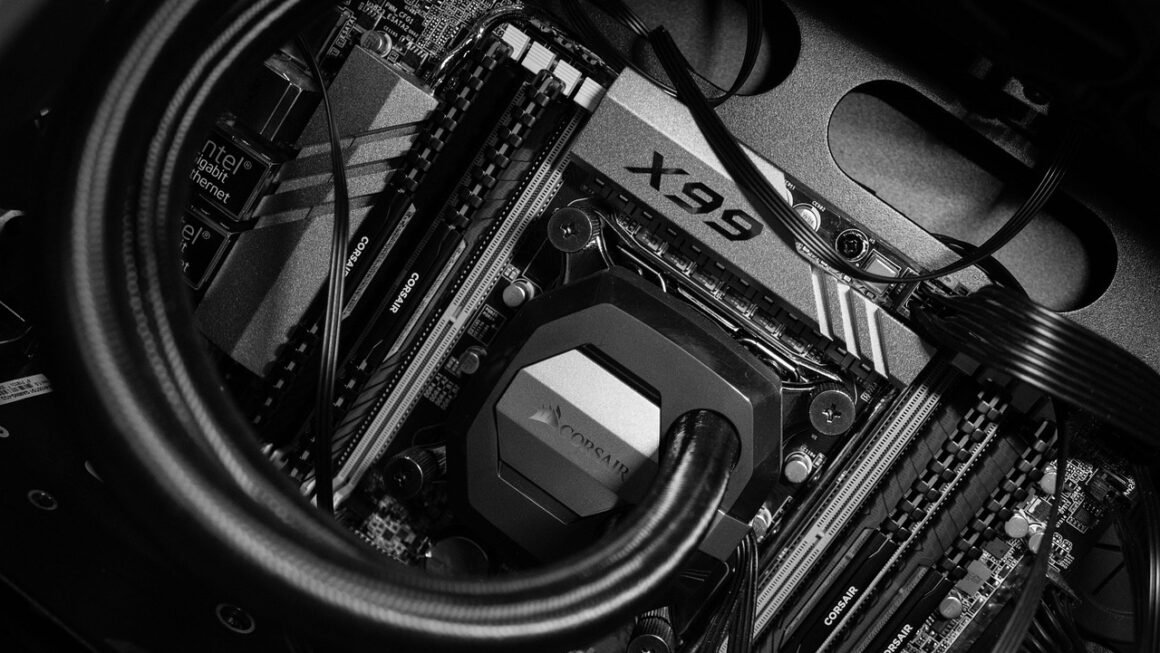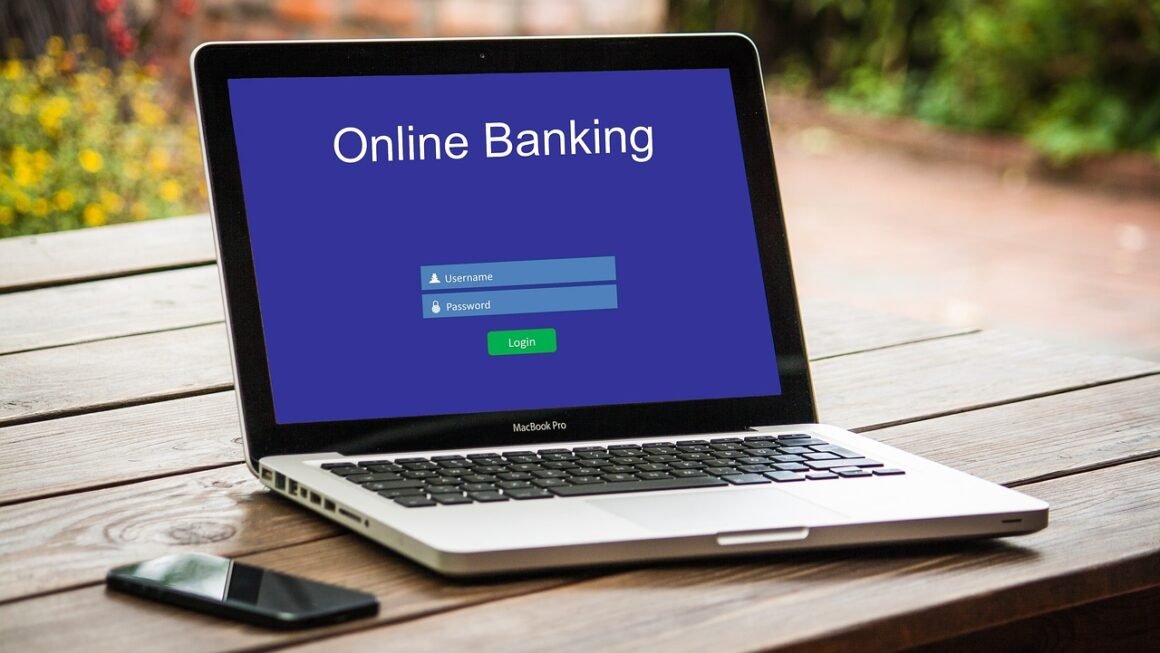In today’s interconnected world, cybersecurity is no longer a luxury but a necessity for organizations of all sizes. A robust cybersecurity posture is crucial for protecting sensitive data, maintaining customer trust, and ensuring business continuity. To achieve this, businesses often turn to cybersecurity frameworks – structured sets of guidelines and best practices designed to help organizations manage and reduce their cyber risks. This blog post delves into the world of cybersecurity frameworks, exploring their purpose, benefits, and common examples.
What is a Cybersecurity Framework?
Defining a Cybersecurity Framework
A cybersecurity framework is a collection of policies, procedures, and guidelines that an organization can use to establish and maintain a secure IT environment. Think of it as a blueprint for your cybersecurity efforts, providing a structured and repeatable approach to risk management.
- It offers a standardized way to assess your current security posture.
- It helps you identify gaps in your security controls.
- It provides guidance on implementing appropriate security measures.
- It enables continuous improvement of your cybersecurity program.
The Purpose of a Framework
The primary purpose of a cybersecurity framework is to help organizations manage and reduce their cybersecurity risks effectively. It provides a common language and a structured approach for discussing, managing, and improving cybersecurity across the organization and with external stakeholders. It is not a product or a specific technology; it’s a methodology.
Why Use a Cybersecurity Framework?
- Improved Security Posture: Reduces the likelihood and impact of cyberattacks.
- Compliance: Helps meet regulatory and industry requirements (e.g., GDPR, HIPAA, PCI DSS).
- Risk Management: Provides a systematic approach to identifying, assessing, and mitigating cyber risks.
- Cost Savings: Prevents costly data breaches and downtime.
- Enhanced Reputation: Builds trust with customers and stakeholders.
- Clear Communication: Facilitates communication about cybersecurity risks and controls.
Common Cybersecurity Frameworks
NIST Cybersecurity Framework (CSF)
The NIST CSF is one of the most widely adopted cybersecurity frameworks globally. Developed by the National Institute of Standards and Technology (NIST) in the United States, it provides a flexible and adaptable framework suitable for organizations of all sizes and industries. It is built around five core functions:
- Identify: Develop an understanding of your organization’s context, assets, and risks. This includes identifying critical business functions, data assets, and potential threats.
Example: Conducting a comprehensive asset inventory to identify all hardware, software, and data used by the organization.
- Protect: Implement safeguards to protect critical infrastructure and data. This involves implementing access controls, data encryption, and other security measures.
Example: Implementing multi-factor authentication (MFA) for all user accounts.
- Detect: Implement processes to detect cybersecurity events and incidents. This includes monitoring systems for suspicious activity and establishing incident response plans.
Example: Deploying a Security Information and Event Management (SIEM) system to collect and analyze security logs.
- Respond: Take action to contain and mitigate the impact of detected incidents. This involves having a clear incident response plan and trained personnel.
Example: Following a pre-defined incident response plan to isolate an infected system and prevent further spread of malware.
- Recover: Restore systems and data to normal operations after an incident. This includes having backup and recovery procedures in place.
Example:* Restoring data from backups after a ransomware attack.
The NIST CSF is valuable for its flexibility and comprehensive approach. It allows organizations to tailor the framework to their specific needs and risk profile.
ISO 27001
ISO 27001 is an international standard for information security management systems (ISMS). It provides a comprehensive set of controls and guidelines for establishing, implementing, maintaining, and continually improving an ISMS. Unlike the NIST CSF, ISO 27001 is certifiable, meaning that an organization can obtain an independent certification to demonstrate its compliance with the standard.
- Certification: Provides evidence of a mature cybersecurity posture.
- International Recognition: Widely recognized and respected globally.
- Comprehensive Controls: Covers a broad range of security controls.
Achieving ISO 27001 certification involves a rigorous audit process by an accredited certification body. This provides assurance to customers, partners, and stakeholders that the organization takes information security seriously.
CIS Controls
The CIS Controls (formerly known as the SANS Top 20 Critical Security Controls) are a prioritized set of security controls that are considered essential for protecting organizations from cyber threats. They are developed and maintained by the Center for Internet Security (CIS) and are based on real-world attack patterns and threat data.
- Prioritized Approach: Focuses on the most critical security controls.
- Actionable Guidance: Provides detailed instructions on how to implement each control.
- Measurable: Includes metrics to track progress and effectiveness.
The CIS Controls are often used as a starting point for organizations looking to improve their cybersecurity posture. They provide a practical and effective way to reduce the risk of cyberattacks.
Other Frameworks
- HITRUST CSF: A framework specifically designed for healthcare organizations to protect sensitive patient data.
- COBIT: A framework for IT governance and management that includes cybersecurity considerations.
- PCI DSS: A set of security standards for organizations that handle credit card information. While specifically targeting payment card security, the principles can be applied to broader cybersecurity efforts.
Implementing a Cybersecurity Framework
Step 1: Assess Your Current State
Before implementing a cybersecurity framework, it’s crucial to assess your current security posture. This involves identifying your assets, assessing your risks, and evaluating your existing security controls.
- Conduct a vulnerability assessment and penetration test.
- Review your existing security policies and procedures.
- Interview key stakeholders to understand their security concerns.
Step 2: Select a Framework
Choose a cybersecurity framework that aligns with your organization’s needs, industry, and regulatory requirements. Consider factors such as the framework’s scope, complexity, cost, and certification requirements.
- Consider your industry’s specific needs and regulatory requirements (e.g., HIPAA for healthcare).
- Evaluate the framework’s ease of implementation and ongoing maintenance.
- Determine whether certification is required or desired.
Step 3: Develop an Implementation Plan
Develop a detailed plan for implementing the chosen framework. This plan should include specific goals, timelines, resource allocation, and responsibilities. It should outline the steps needed to bridge the gap between your current state and the desired state defined by the chosen framework.
- Define clear objectives and measurable goals.
- Assign responsibilities to specific individuals or teams.
- Establish a timeline for implementation.
Step 4: Implement Security Controls
Implement the security controls outlined in the framework. This may involve configuring security systems, developing new policies and procedures, and training employees. Start with the most critical controls based on your risk assessment.
- Prioritize controls based on risk and potential impact.
- Use a phased approach to implementation.
- Document all implemented controls.
Step 5: Monitor and Evaluate
Continuously monitor and evaluate the effectiveness of your security controls. This involves tracking key metrics, conducting regular audits, and responding to incidents. Regularly review and update your security controls as needed.
- Establish key performance indicators (KPIs) to track progress.
- Conduct regular security audits to identify vulnerabilities.
- Continuously improve your security posture based on feedback and incident response experiences.
Challenges in Implementing Cybersecurity Frameworks
Lack of Resources
Implementing a cybersecurity framework can be resource-intensive, requiring significant investment in time, money, and personnel. Many organizations, especially small and medium-sized businesses (SMBs), may lack the necessary resources to fully implement a framework.
- Solution: Prioritize key controls and consider using managed security service providers (MSSPs) to supplement internal resources.
Complexity
Cybersecurity frameworks can be complex and difficult to understand, especially for organizations without dedicated security expertise. The sheer volume of guidance and recommendations can be overwhelming.
- Solution: Seek expert guidance and training to help understand and implement the framework effectively.
Resistance to Change
Implementing a cybersecurity framework often requires significant changes to existing processes and procedures. This can lead to resistance from employees who are accustomed to doing things a certain way.
- Solution: Communicate the benefits of the framework to employees and involve them in the implementation process.
Maintaining Momentum
Implementing a cybersecurity framework is not a one-time event. It requires ongoing maintenance and continuous improvement. Organizations may struggle to maintain momentum over time, especially as new threats emerge and business priorities shift.
- Solution: Establish a dedicated security team and integrate cybersecurity into the organization’s overall risk management program.
Conclusion
Cybersecurity frameworks are essential tools for organizations seeking to improve their security posture and reduce their cyber risks. By providing a structured and repeatable approach to risk management, frameworks help organizations protect their valuable data and assets, maintain customer trust, and ensure business continuity. While implementing a framework can be challenging, the benefits far outweigh the costs. By carefully selecting a framework that aligns with their needs, developing a detailed implementation plan, and continuously monitoring and evaluating their security controls, organizations can build a strong and resilient cybersecurity program. A proactive approach, guided by a recognized framework, is the best defense against the ever-evolving threat landscape.



